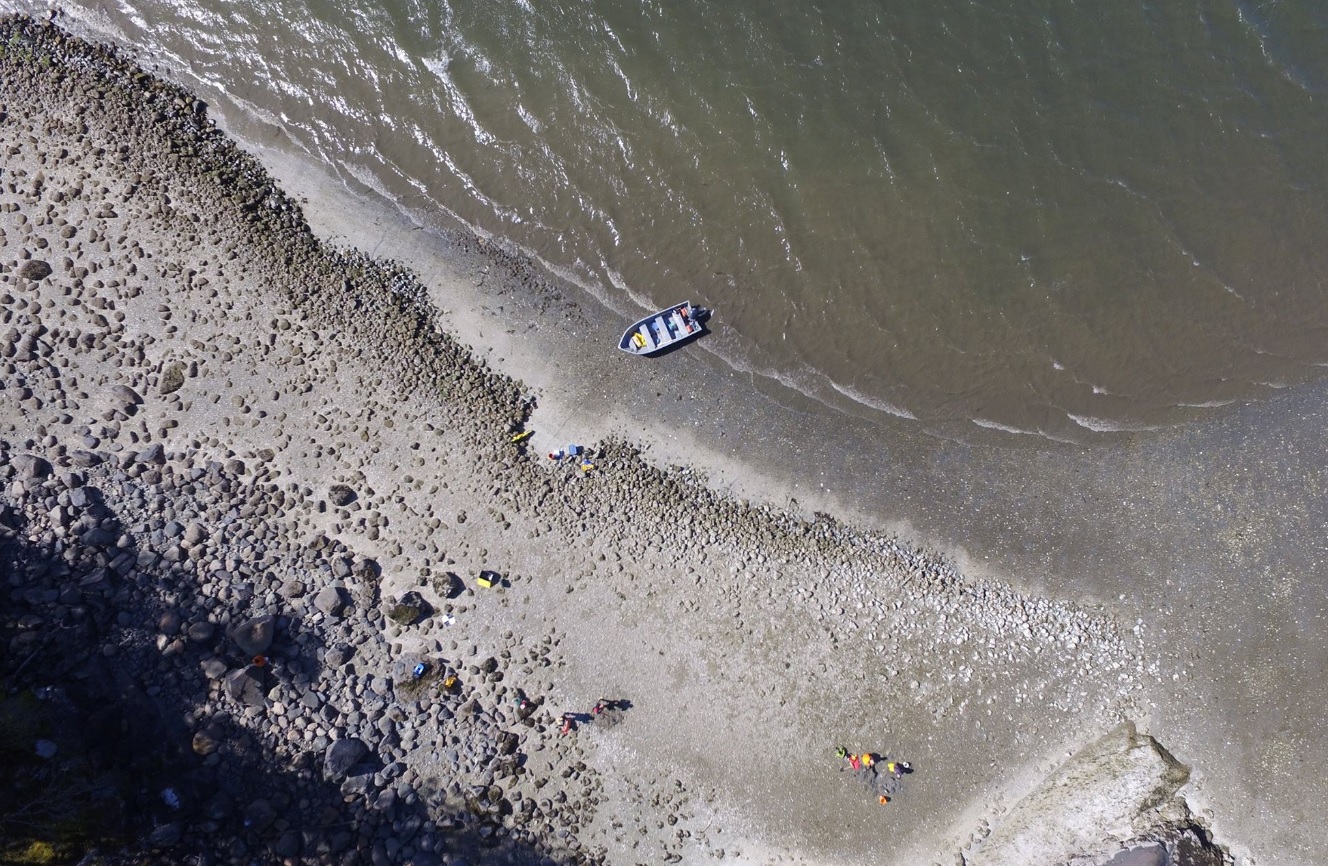 Thursday, May 13, 2021 at 12:07PM
Thursday, May 13, 2021 at 12:07PM Ancient Ecology: The Quadra Island Clam Gardens

For millennia, humans around the world have managed terrestrial and marine ecosystems. Along the northeastern Pacific, First Nations and Native Americans sustained large, vibrant populations by developing diverse resource management strategies that increased food production and food security. The legacy of these practices continues to shape coastal ecosystems today. Beginning some 3,500 years ago, Indigenous Peoples of the northeastern Pacific coast created and enhanced clam habitat and clam production by building “clam gardens”—intertidal rock walls and associated soft sediment terraces. These cultivated ecosystems provide easy to access, predictable, and abundant shellfish and other species that are staple foods among coastal communities. The tending of bivalves in clam gardens in the northeastern Pacific is part of a larger system of resource management that spans terrestrial and marine environments, and encompasses cultural knowledge and practices about how to interact with human and non-human beings.
Reader Comments